6 Delicious Fall Vegetables You Probably Don’t Know What To Do With
The abundance of fall brings with it many unusual vegetables. I’ve curated some recipes for six of my favorite fall vegetable oddballs that pack a powerful nutritional punch!
1. Chiogga Beets
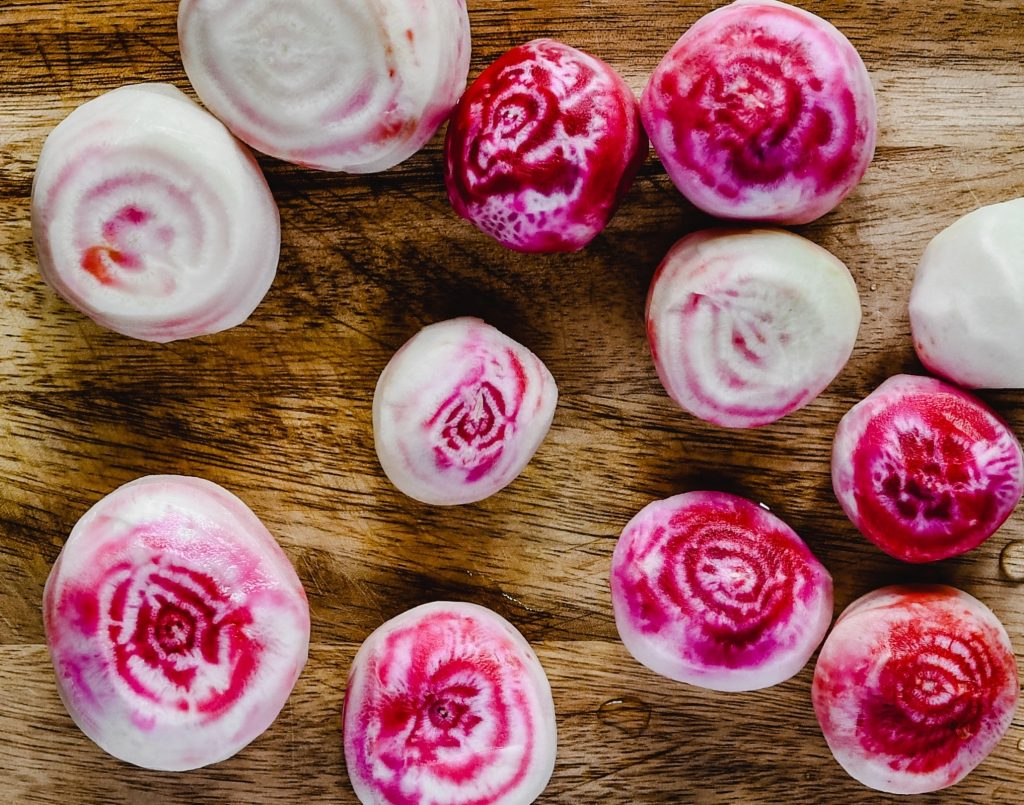
Beets are a fabulous vegetable, coming in reds, yellows, and for chioggas, a beautiful red-and-white bulls-eye when sliced. The root veggie is great steamed or roasted whole or diced, and is thought to increase blood cleansing and oxygenation, decrease inflammation, support the liver, and is a great source of fiber to support your helpful gut bugs and overall digestion. An heirloom variety, chioggas may contain higher proportions of antioxidants and other good-for-you plant chemicals than standard types of beets.
2. Leeks
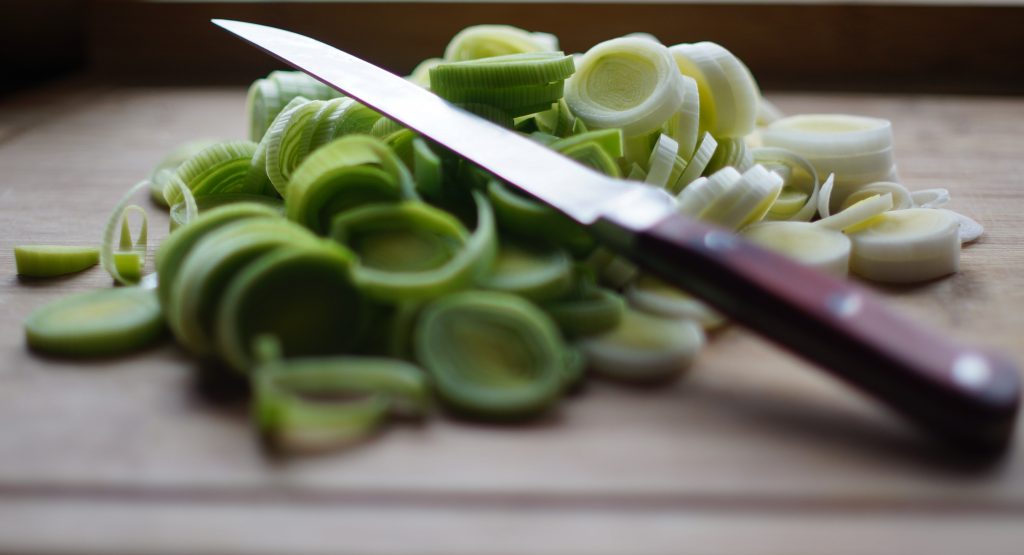
A member of the onion family, leeks have a milder flavor but the same cancer-fighting benefits. They’re a great source of vitamin C, which can help with iron absorption. They may also help balance cholesterol and blood pressure, and are considered a prebiotic – a food that the good gut bugs in your belly enjoy munching. The white and light green parts can be used in cooking, and I like to save the dark green in a bag in a freezer for the next time I make bone broth. Since leeks are often grown in sand, some people like to split them lengthwise and soak in water to remove the grit.
- Braised Leeks & Lentils
- Potato Leek Soup (dairy free)
- Braised Eggs with Leeks & Za’atar (can substitute lemon for preserved lemon)
3. Winter Squash

The beautiful yellow-orange color of winter squash indicate high levels of beta-carotene, which the body converts into vitamin A to benefit vision and the immune system, as well as vitamin C. It’s additionally a great source potassium, critical for regulating blood pressure along with magnesium. Winter squashes are also good sources of complex carbohydrates as an alternative to whole grains, which may be especially helpful for those trying to regulate their blood sugar. And the fiber content will make your gut bugs sing.
Recipes are often interchangeable for the various varieties, outside of spaghetti squash. You might try butternut, acorn, delicata, sugarnut, red kambocha, sugar pumpkin, blue hubbard, red kuri, buttercup, and others.
- Roasted Apple & Winter Squash Soup
- Thai Pumpkin Curry (substitute coconut oil for vegetable oil, omit the sugar)
- Paleo Pumpkin Bars & Paleo Pumpkin Bread Pudding
4. Brussels Sprouts
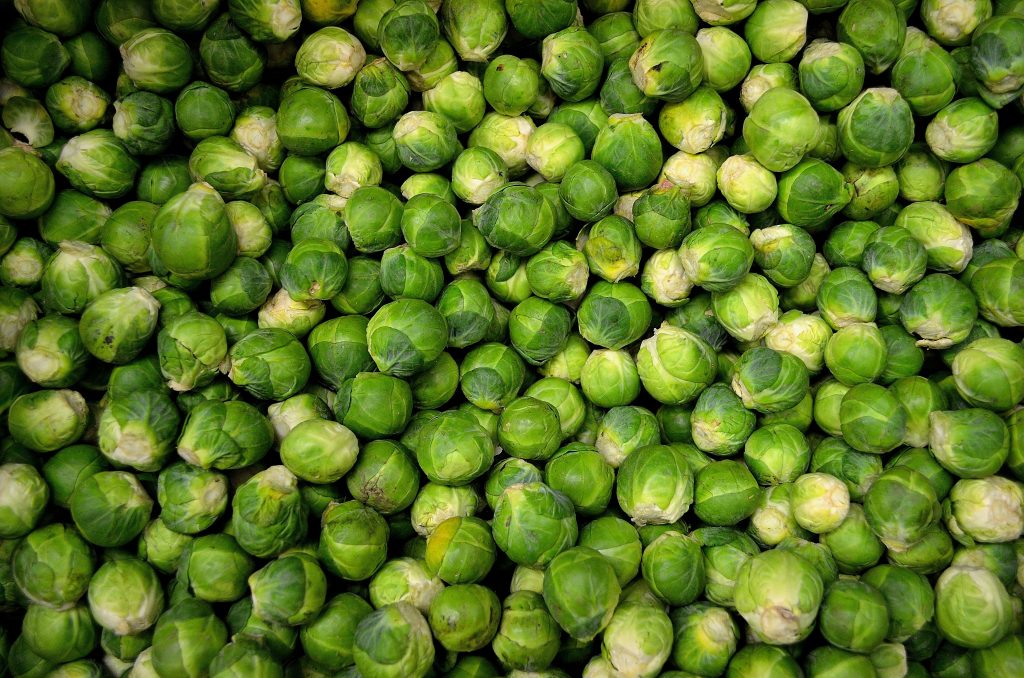
Little knobs of cabbage that grow up a tall stalk, Brussels sprouts are as much fun to look at as they are to cook with. Brussels sprouts belong to the cabbage family, renowned for their anti-cancer and anti-oxidant properties as well as are a great source of vitamin C, fiber, and vitamin K, critical for blood clotting and bone health.
- Balsamic Roasted Brussels Sprouts
- Chickpea and Brussels Sprouts Salad with Tahini Dressing
- Roasted Chicken Thighs with Brussels Sprouts and Pears
5. Kale
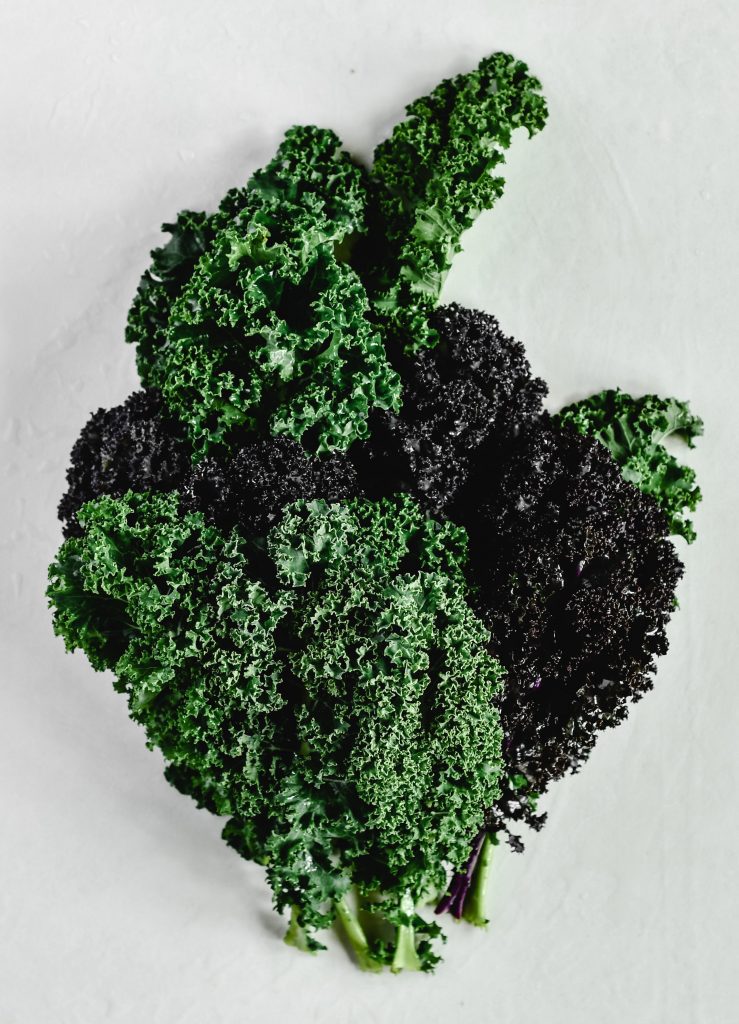
Kale, with its rich greens and purples, is another cousin of cabbages. Another heavy hitter in beta-carotene, fiber, vitamin C, and potassium, as well as magnesium, calcium, and phosphorus, it’s as good for bones as it is for supporting vision, liver clearance, regulating cholesterol, and preventing cancer.
- Slow-Cooked Chicken Stew With Kale
- Chickpea Pancakes with Kale and Fennel
- White Bean & Kale Soup
- Kale Chips
6. Celeriac (Celery Root)
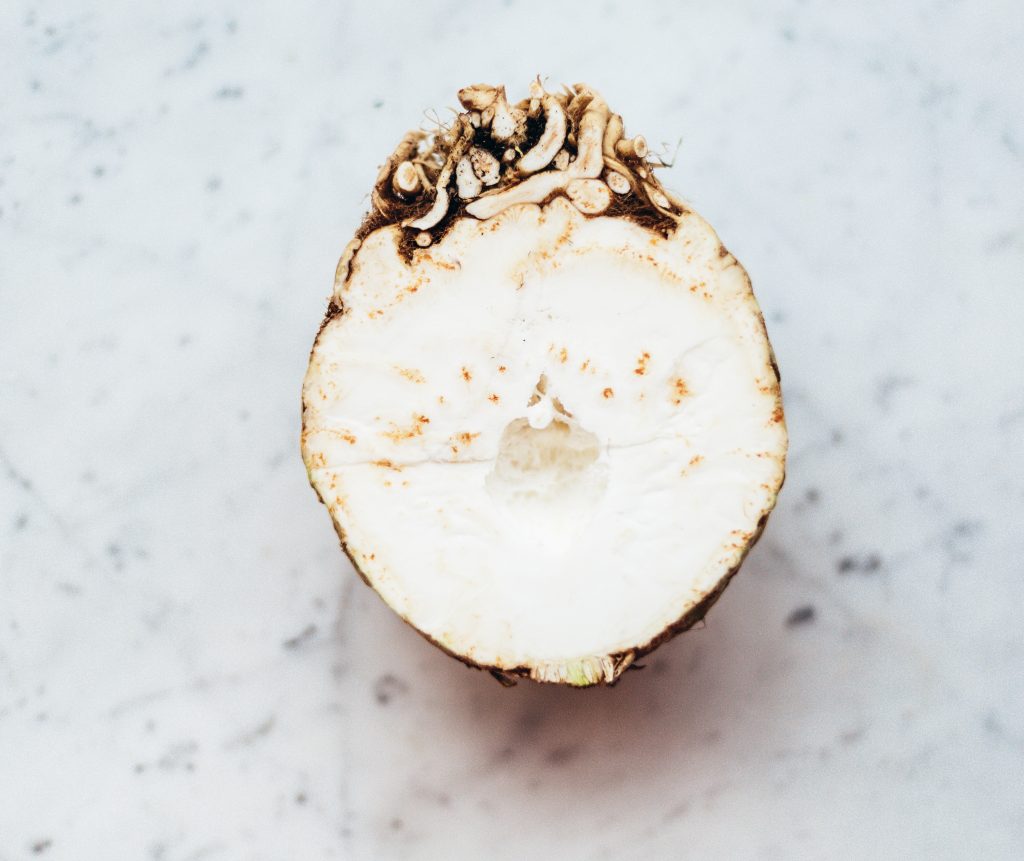
This ugly, knobby tuber manages to redeem itself with a celery-like taste! Eaten raw or cooked, it can be sliced, chopped up and roasted, or sautéed – just peel it first. It’s another wonderful source of fiber, vitamin K, calcium, and phosphorus, as well as copper, sodium, iron, and assorted B vitamins – great things for bones, the immune system, cardiovascular health, and digestion (there’s those tummy bugs wanting prebiotics again). It works as a sub for potatoes, and pairs well with apples, parsnips, hazelnuts and winter squash.
- Celeriac Salad (substitute yogurt with plain coconut yogurt)
- Celeriac Ribbons Tossed with Chard, Garlic, and Pumpkin Seeds (cheese optional)
- Celeriac Root Soup
- Celery Root Anna with Bacon and Olives
- Braised Chicken with Celery Root and Garlic
Do you have a favorite oddball winter vegetable? What is it and what do you do with it?
